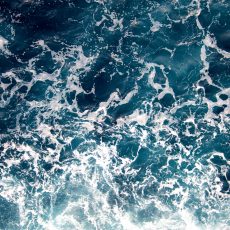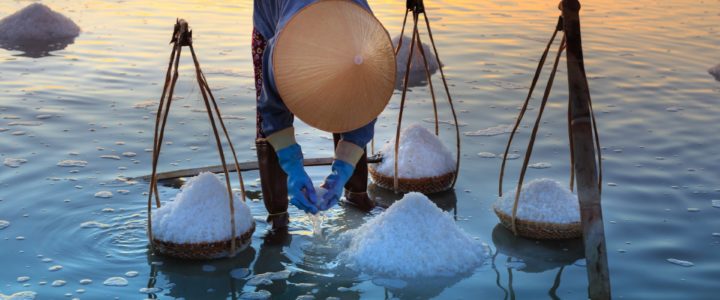
One of the most challenging changes to make in our lives is removing plastic. But the thing is, it’s also one of the most impactful changes you can make! The problems with plastic start with the production, as it’s made with petroleum, and go through to its end of life….well, to be more accurate, the fact there IS no end of life for the stuff! It’s hanging around for hundreds of years, just getting sheared or shaved or worn into smaller and smaller pieces, and ultimately ending up in our food chain and ergo, in us.
It’s getting easier and easier to avoid obvious plastics, like single-use water bottles and grocery bags. But there are places where plastic lurks completely out of sight. Here’s a list of things to try to cut out of your life to avoid plastic inadvertently sneaking in there. It might be helpful to use the current conversations around #PlasticFreeJuly to get motivated.
Tea Bags
Many ready made tea bags, even those with organic leaves, contain plastic. Unfortunately, I’m not just referring to the plastic wrap around the box, or even those individually packaged bags. It’s used in the manufacture and then sealing of the tea bag itself. This is likely to be traditional plastic, made from oil. According to a study from McGill University, after you steep your brew, you’ll possibly then be drinking 11.6 billion microplastics and 3.1 billion nanoplastics—in every single cup. Some tea manufacturers are moving to PLA (polylactic acid) or bio-plastic. But make sure you read the labels and websites carefully as most of the time these are still not home compostable, meaning they still have to end up in landfill. But there is another way you can still curl up with a cozy cuppa: source loose leaf tea, which you can then use in a reusable bag or a proper tea pot.
Chewing Gum
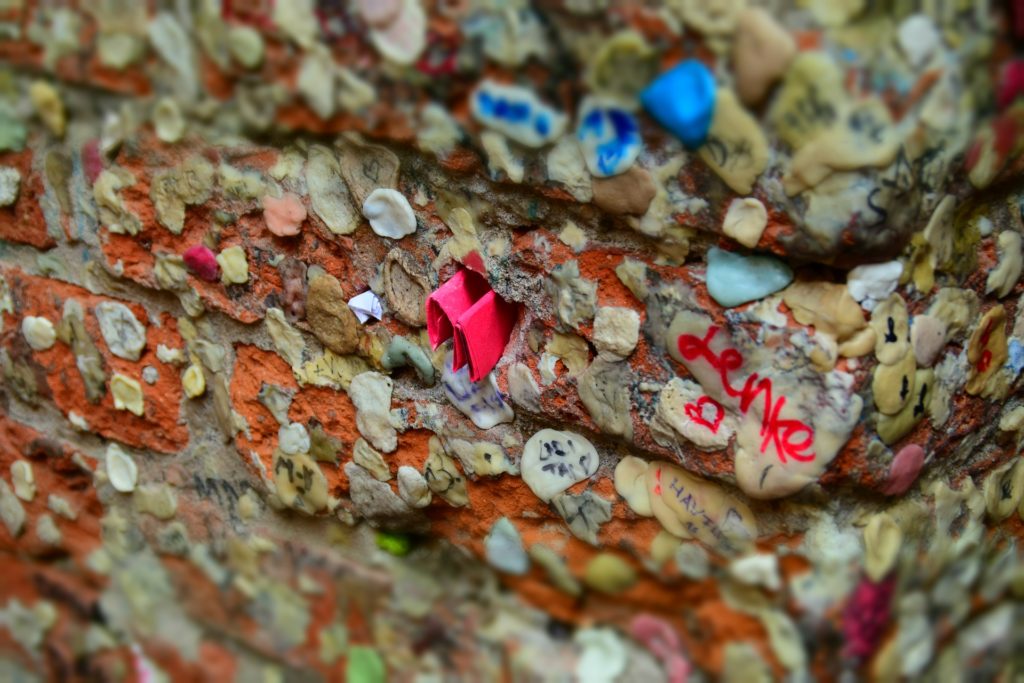
Are you surprised? The actual exact ingredients of chewing gum are fiercely guarded, but they all contain a gum base of some kind. And most of the time, this is a synthetic elastomer, polyvinyl acetate. Most gums also contain rubber called polyisobutylene, or butyl rubber—the stuff used in car tires! Gum is designed to be stretchy and bouncy and largely indestructible. It can’t be recycled or composted. And there are hundreds of billions of sticks of gum produced every year with the global market in 2019 being worth 32.63 billion US dollars. Thankfully, there are some forward thinking gum companies who make plastic free products like Glee Gum, Simply Gum, Chewsy Gum and Honest Gum.
Menstrual Products
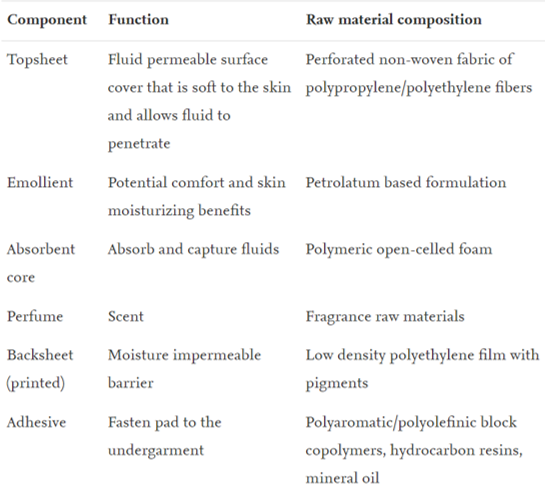
This is another instance where I wish I were only referring to the packaging and wrappers or even the applicators…alas, that is not the case. Sanitary pads and tampons contain plastic within the actual products. And not trace amounts! While sanitary pads started out as wads of cotton, there is no cotton in disposable pads nowadays. They are usually polyethylene, polypropylene, polyester, polymer foams, polyaromatic/polyolefinic block copolymers, and hydrocarbon resins. See the table for one style of pad which was used in a study on the safety of sanitary pads, published in the Regulatory Toxicology and Pharmacology Journal in 2015. So basically, disposable menstrual pads are various forms of plastic inside other types of plastic, sticking to your underwear with plastic adhesives. Tampons have slightly less plastic as part of their make up, and they do use cotton. But with 88% of the tampons sold in 2015 in the US being those with plastic applicators, plastic is an enormous part of American menstruating women’s lives. Clean Ocean Action cleaned up 4,080 plastic applicators from 70 beaches across New Jersey in 2018—which was an increase of nearly 20% from 2015 beach cleanups. It doesn’t need to be this way. Reusable pads, panty liners and underwear are plastic free alternatives. Or there’s the menstrual cup. Side note: The history of menstrual products demonstrates that they came about mostly to prevent women from feeling ashamed, because it was purported that this was ‘bad blood’, it was dirty and they should do anything they can to hide this monthly, natural phenomenon. Even recently, brands produce ‘discreet, silent wrappers’, implying that we should feel embarrassed. But I do not, and I encourage you to not give in to this patriarchal standard either.
Receipts

You may have just done a double take. Receipts are paper, right? Well, kind of, but not entirely. While there are some retailers who do use actual paper with actual ink printed on them, the vast majority of receipts are thermal, that is, they are printed on via a heat process. And they contain BPA (bisphenol A) plastic. This means that they are not recyclable, non-biodegradable, and not compostable. The 100% paper receipts can be composted or recycled, but knowing the difference is harder than you might think. So, unfortunately, this is a case of better safe than sorry and tossing all your receipts in the trash. It’s advisable therefore to try to avoid receipts altogether. And look, apart from CVS, most retailers provide small landfill bound receipts, so when the clerk gives you a receipt even though you’ve asked to not have one, this isn’t something to lose sleep over.
Salt
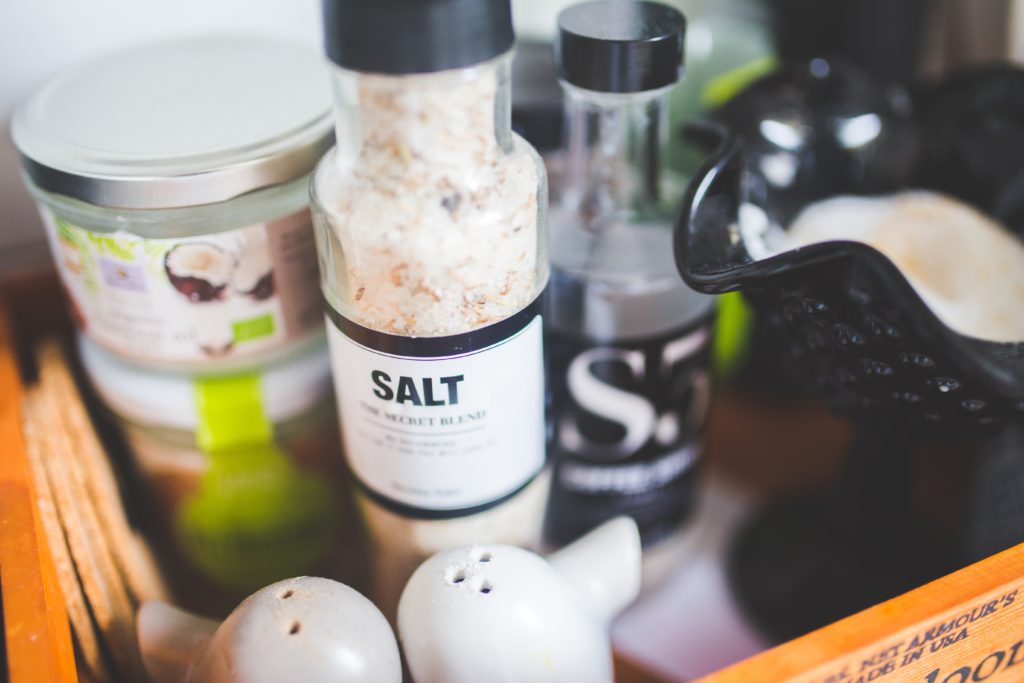
Yup, you are likely getting a serving of microplastics along with your table salt. This was first discovered several years ago, but the quantities and locations worst affected remained unclear. But now, research published in the Environmental Science and Technology journal in 2018 suggested that the amount of microplastics in sea salt could be an indicator of the magnitude of microplastic pollution in the surrounding marine environment. They analyzed 39 sea salt brands from 16 countries across 6 continents, and found only 3 brands which did not contain microplastics: one from Taiwan, one from China and one from France. This data is alarming for anyone in the world who sprinkles or grinds salt crystals onto their hot chips, but for Americans it’s worse based on the fact that a whopping 90% of the population eat far too much salt, and so consume much more than 660 particles of plastic each year, just from their salt intake. The solution? Well it would seem obvious: cut off the problem at the source. The plastic is getting infused into the sea salt from ocean pollution like plastic bottles. The United Nations report that around 12 million tonnes of plastic enters the oceans every year. So removing that from the equation will allow salt to be just that.
Glitter
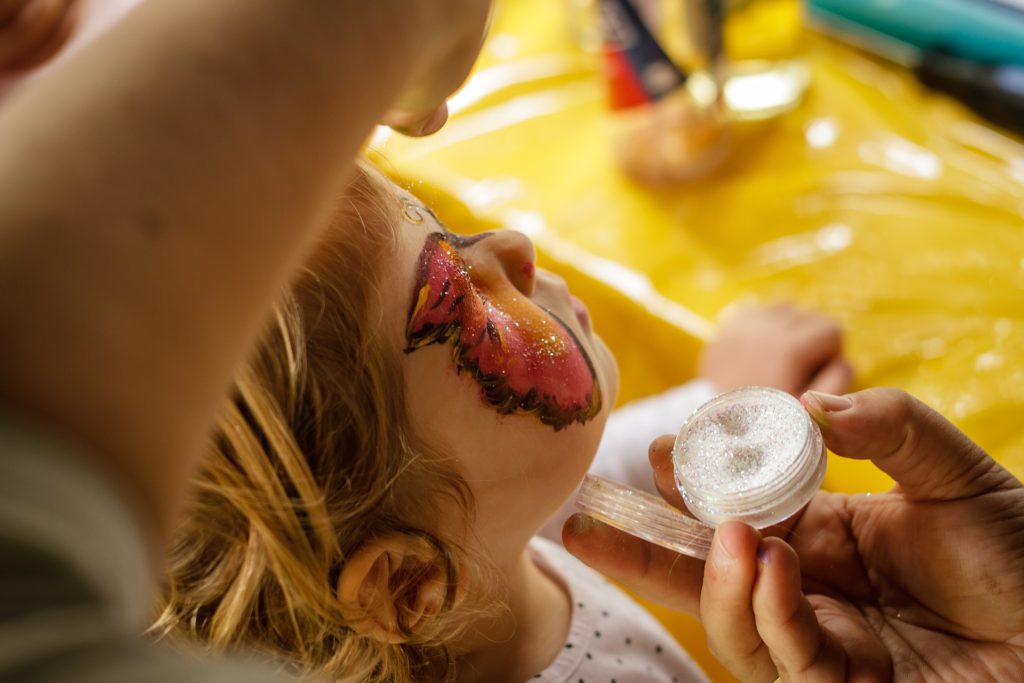
I have two little girls. And boy, do they love a good shiny, sparkly, glittery thing. Anything. So it’s been a tough chat to remove all such things from our lives. But every speck of glitter is a speck of microplastic. One which will stay in our world forever, even once eaten by sea turtles and (possibly) excreted out again. I acknowledge this one might not be as surprising as some others on the list, but it’s important to remove it from our lives. If you don’t agree with me, that this is a non-essential item easily eradicated, you’ll be pleased to know there are non-plastic alternatives now emerging, which is fabulous for when you really do need glitter in your life!
Sunscreen
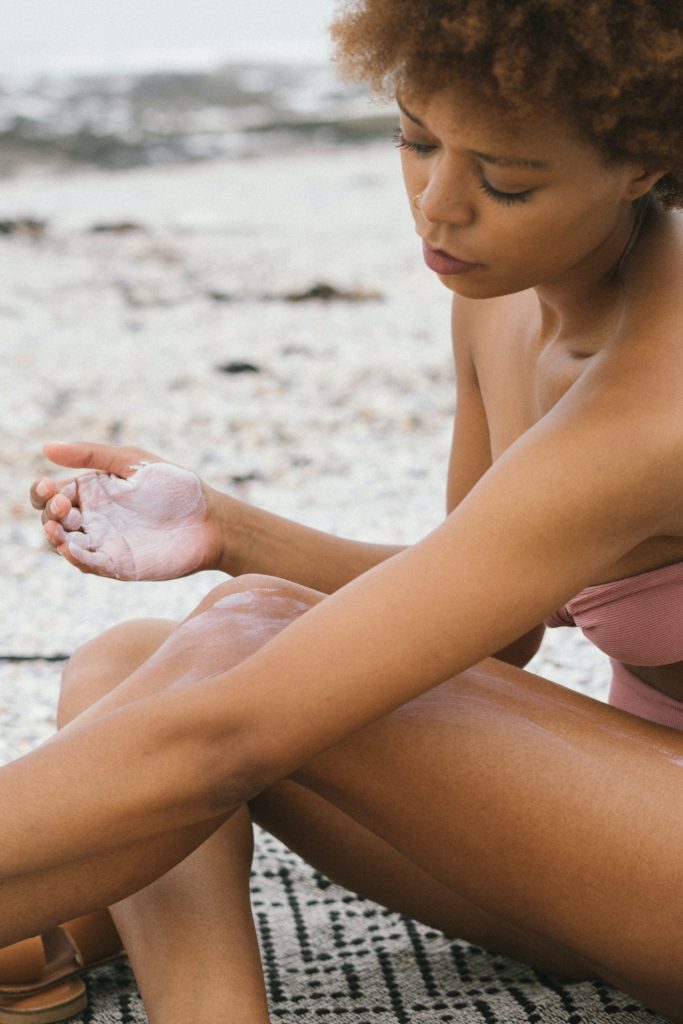
This is an example of where there is a loophole in regulations. The US passed the Microbead Free Waters Act (MFWA) in 2015, meaning no toiletries of cosmetics could contain microbeads (microplastics usually used for exfoliation purposes). However this law only applied to those products which are rinse-off. And sunscreen, of course, is leave-on. Enter Sunspheres. Teeny tiny hollow spheres which are present to reflect more of the UVA and UVB rays from the sun, thereby protecting the wearer from sun damage. While this sounds good on the surface, it begs the question about alternatives. Well, non-microbead UV filters are far more expensive. So manufacturers have been slowly but surely increasing the number of Sunspheres and decreasing the other more costly filters. One 100ml tube of sunscreen can contain anywhere from 10 to 100 trillion plastic particles. These aren’t the only offenders in your sun protection, however. There are other microplastics used to create waterproof properties or hold the other ingredients together. In fact, there are often any combination of up to NINE microplastics in the majority of sunscreens. But thankfully, there are alternatives which are better for you and the planet. Look out for plastic free sunscreens and check the ingredients list and avoid those listed in the table.
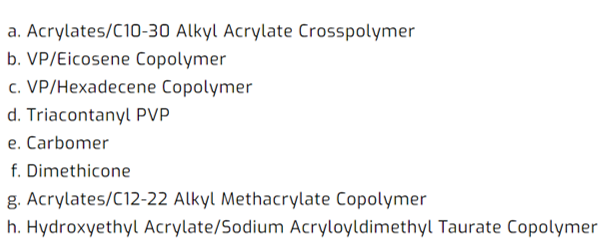
Wet Wipes
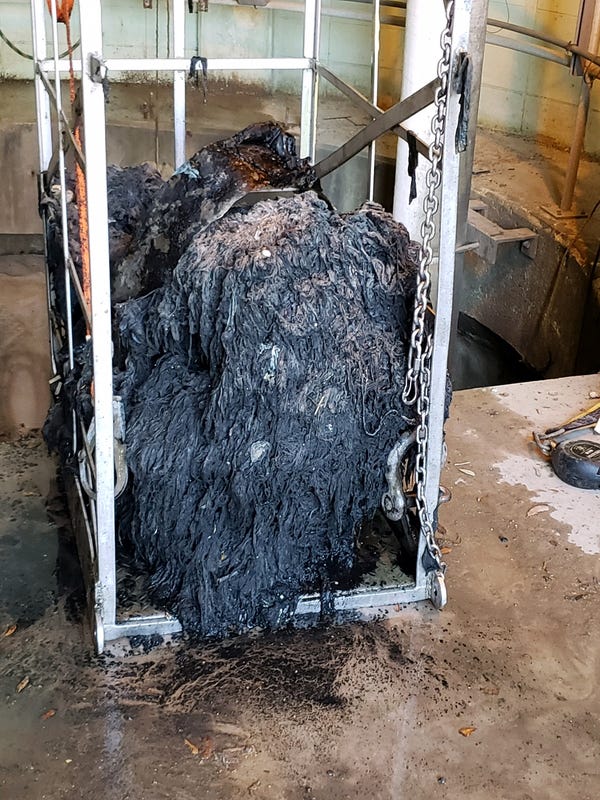
These disposable cleaning wipes really are the epitome of convenience. To me, they represent the lack of time we have in our lives these days. You might have seen the more recent incarnation of them: ‘flushable’. But regardless of these marketing messages, please don’t flush them. In the UK, flushing wet wipes causes about 93% of the sewer blockages! And in 2018 in Charleston, South Carolina they had to remove a 12-foot long blockage of wipes, costing the water utility $140,000! Sadly, this is yet another single-use product which is enjoying higher sales due to the pandemic, and as such causing ever more sewer issues. But, back to plastic. They also contain polyester and polypropylene. This means that even though their make up of cotton and wood pulp would lead you think they are biodegradable, they aren’t. The plastic is used to help give the wipes strength and durability—the things which ultimately mean they’re damaging to the environment. In one state in Australia, there’s even been calls to ban plastic containing wet wipes, adding them to the bill to ban plastic straws, stirrers, cutlery and plates, and polystyrene takeaway food and beverage containers. The planet pays the price for our desire for convenience in this case, so this is a product best avoided if possible.
We’d love to hear about your experience with plastic creeping into products you didn’t think had plastic. Drop us a comment below. This is a team effort to learn from each other and help us all move toward a more sustainable, less plastic-y future!



